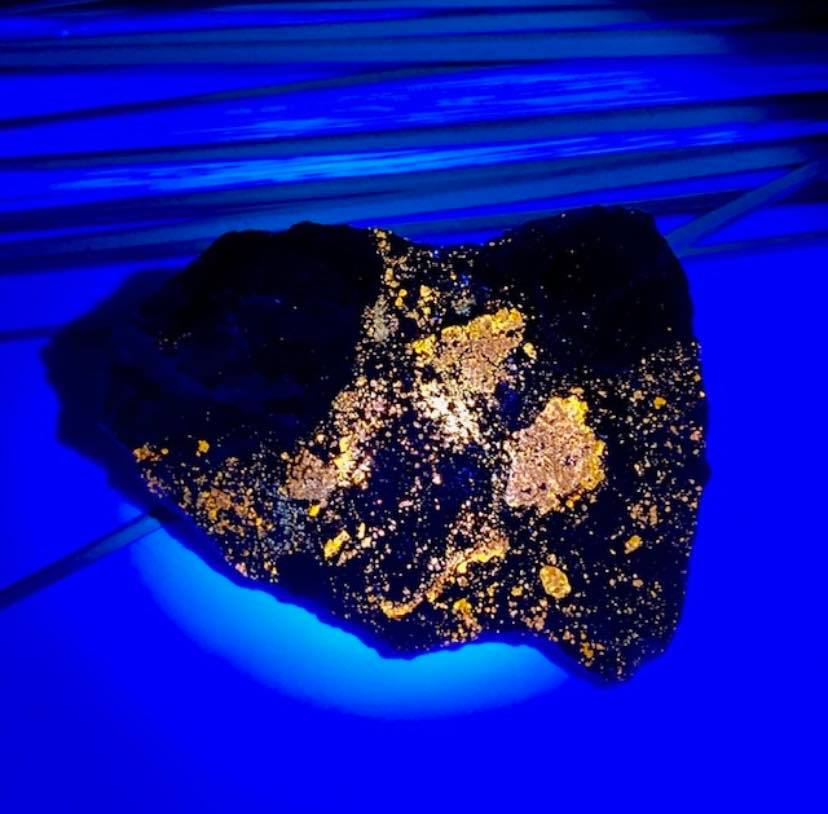Minerals have a variety of fascinating properties, one being fluorescent. Fluorescent minerals can be easily identified by their ability to glow under ultraviolet light. These minerals are fluorescent because they absorb short-wave radiation and emit it as visible light with a longer wavelength. This is known as fluorescence which means "to shine" in Latin. The mineral calcite is an example of a fluorescent mineral that glows red when placed under UV light!
There are many different fluorescent minerals and each one has its own unique properties. Some minerals fluoresce in a single color while others can display multiple colors. The mineral fluorite, for example, is known to fluoresce blue, yellow, green, and pink! This makes fluorescent minerals an interesting addition to any collection.
If fluorescent minerals are fluorescent because they absorb short-wave radiation and emit it as visible light with a longer wavelength, why do some fluorescent minerals not glow under UV? Well, fluorescent minerals glow because of the absorption and emission of short-wave radiation. If a mineral does not absorb or emit short wave light, it will not fluoresce under UV light!
Collecting Fluorescent minerals can be fun and fairly easy! Get a fluorescent light such as the AloneFire and have fun collecting under the stars!
